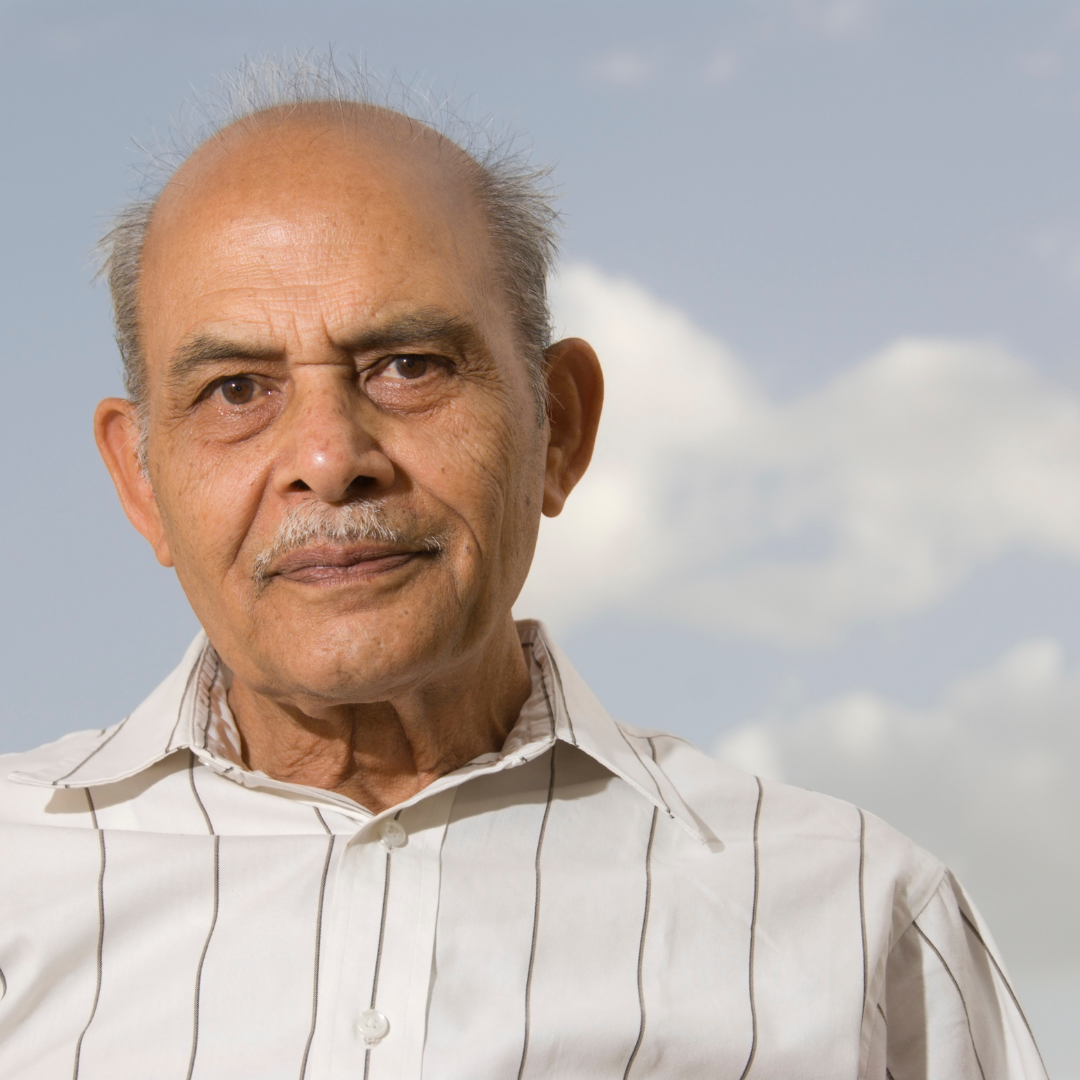Health care systems across Canada have historically been strongly oriented toward achieving clinical indicators of safety, effectiveness and timeliness. Our continuing care systems use a lot of measures to assess quality of care, such as staffing ratios, safety, effectiveness, timeliness, and minimizing adverse events such as falls, infections and depression. Some regulating bodies have gone so far as to equate the absence of adverse events — like avoiding falls, pressure sores and inappropriate use of anti-psychotics — with resident quality of life.
Relying solely on quality of care metrics doesn’t work in continuing care homes because we serve residents and not patients. Residents spend weeks, months and years in our care homes.
Our staff work in the homes of our residents. Our job is to maintain, enrich and optimize the quality of life of residents, while also ensuring other clinical measures of safety and effectiveness are met.

Quality of life is a very subjective matter, and different individuals will consider varying factors when assessing their quality of life:
The sense of being respected, valued and treated with dignity and compassion
Close relationships with loved ones, friends (inside and outside a care home) and staff
Enjoyable and fulfilling activities, including the companionship of others who enjoy similar pursuits
Familiar and satisfying food, celebrations, music, and cultural activities
Hope and joy for present and future events, including spiritual values and optimism about the future
A sense of security, safety and privacy in all aspects of daily living
Personal autonomy, agency and the right to make informed decisions and choices about care, recreation and relationships.

Who evaluates quality of life?
Most CHAA care homes work closely with residents and families to assess the quality of life among residents. We’re also working with various government committees and academic researchers to develop standardized indicators and measures of quality of life so there is consistency in evaluation and interpretation of results across Alberta.

Assessing quality of life among residents with dementia can be particularly challenging as it is often over-reliant on the observations of family members and care staff.
Two CHAA care homes are the first facilities in North America to adopt new, leading edge artificial intelligence (AI) technology to assess facial cues that indicate increasing pain levels. This innovation is a game-changer for residents without the capacity to verbalize the needs or concerns to care staff.

At a system level, the Health Quality Council of Alberta regularly surveys residents and family members across the continuing care system and reports on the various dimensions of care that contribute most to resident experience. A large-scale, sector wide survey was conducted in 2022, including long-term care and designated support living sites across Alberta. Results of this research have not yet been released.

Related Content
Learn more about resident quality of life.

About non-profit care
Being not-for-profit means we can focus on the values and faith that have guided our mission of service for more than a century.

Thriving in place
Most residents in continuing care develop strong friendships and roots among the familiar faces and routines in their care home. Our goal is always to maintain a stable and consistent residence for those needing care.

How much care time do residents receive?
Our provincial funding formulae do all the math on how many hours of care each resident should receive. There’s room to modernize our care funding calculations.
